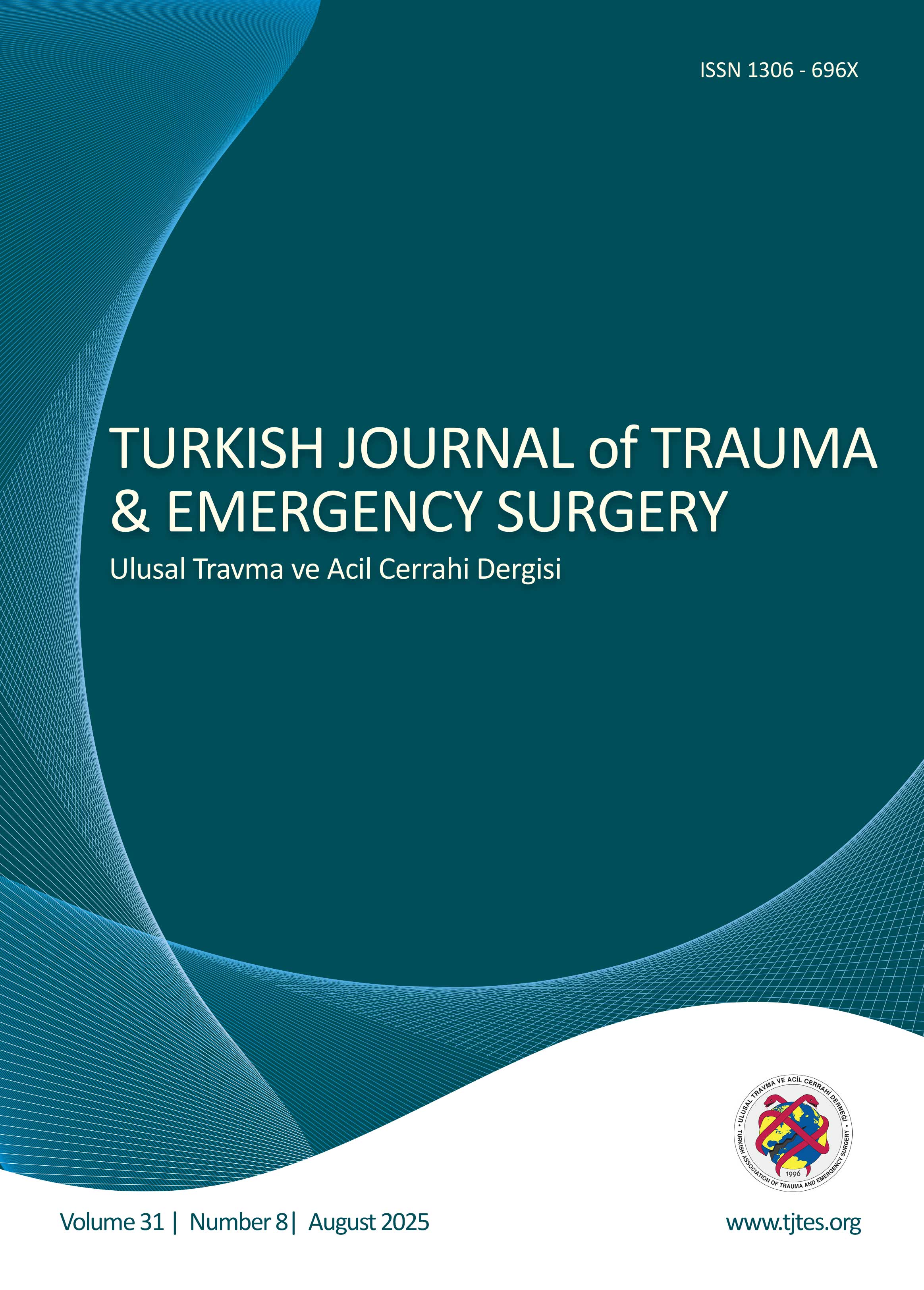Quick Search
Endoscopic management of cystic stump leaks: Insights from a tertiary care center
Fırat Aslan1, Halil Alper Bozkurt2, Serhat Binici2, Abdullah Hilmi Yılmaz11Departmant of General Surgery, Van Yüzüncü Yıl University, Van-Türkiye2Departmant of General Surgery, Sbu Van Training and Research Hospital, Van-Türkiye
BACKGROUND: Cystic stump leakage is the most common cause of bile leakage following cholecystectomy, representing a significant postoperative complication that requires prompt intervention. Currently, endoscopic treatment is the preferred management approach. This study aims to identify factors influencing the success of endoscopic therapy for cystic stump leaks by analyzing cases treated at our institution.
METHODS: Thirty-seven patients who underwent endoscopic retrograde cholangiopancreatography (ERCP) for cystic stump leakage were included in this study. Patient demographics, associated complications, and length of hospital stay were analyzed.
RESULTS: All patients showed clinical improvement, with a mean hospital stay of 5.1 days. The presence of comorbidities, emergency surgery, or conversion to open surgery did not significantly impact treatment efficacy. Post-procedure, percutaneous drainage was required in 10 patients (27%). Procedure-related pancreatitis was noted in one patient (2.7%). Statistical analysis revealed that both the need for percutaneous drainage and the length of hospital stay were significantly lower in patients who had pre-existing drains (p<0.03). Additionally, early ERCP was associated with a significantly shorter hospital stay (p<0.01).
CONCLUSION: Stent placement via ERCP is a safe and effective strategy for managing cystic stump leaks. Early ERCP intervention following cystic stump leak detection is recommended. Furthermore, percutaneous drainage may be necessary in patients who do not respond adequately to initial treatment.
Sistik kanal kaçaklarının endoskopik yönetimi: Üçüncü basamak merkezde elde edilen bulgular
Fırat Aslan1, Halil Alper Bozkurt2, Serhat Binici2, Abdullah Hilmi Yılmaz11Van Yüzüncü Yıl Üniversitesi Tıp Fakültesi Genel Cerrahi Anabilim Dalı2SBÜ Van Eğitim ve Araştırma Hastanesi Genel Cerrahi Kliniği
AMAÇ: Kistik kanal kaçağı, kolesistektomi sonrasında safra sızıntısının önde gelen nedenidir ve acil müdahale gerektiren önemli bir postoperatif komplikasyon oluşturmaktadır. Şu anda tercih edilen tedavi yöntemi endoskopik müdahaledir. Bu çalışma, kurumumuzda tedavi edilen vakaların detaylı bir şekilde analiz edilerek, sistik kök sızıntıları için endoskopik tedavi başarısını etkileyen faktörleri belirlemeyi amaçlamaktadır.
GEREÇ VE YÖNTEM: Sistik kanal sızıntısı sonrası endoskopik retrograd kolanjiyopankreatografi (ERCP) uygulanan toplam 37 hasta bu çalışmaya dahil edildi. Hastaların demografik özellikleri, komplikasyonlar ve hastanede kalış süreleri değerlendirildi.
BULGULAR: Tüm hastalar klinik iyileşme gösterdi ve ortalama hastanede kalış süresi 5,1 gün olarak kaydedildi. Eşlik eden hastalıkların varlığı, acil cerrahi müdahale ve açık cerrahiye dönüş, tedavi etkinliği üzerinde herhangi bir anlamlı etki göstermedi. İşlem sonrası, kohortun 10 (%27) hastasında perkütan drenaj gerekti. İşlemle ilişkili pankreatit, 1 (%2.7) hastada tespit edildi. Ayrıca, istatistiksel analiz, perkütan drenaj gereksinimi ve hastanede kalış süresinin, drenajı olan hastalarda anlamlı derecede daha düşük olduğunu ortaya koydu (p<0.03). Ek olarak, ERCP'nin erken bir zamanda yapılmasının, hastanede kalış süresini anlamlı şekilde azalttığı gözlemlendi (p<0.01).
SONUÇ: ERCP ile stent yerleştirme, sistik kanal sızıntılarının yönetimi için güvenli ve etkili bir stratejidir. Sistik kanal sızıntısı tespit edildikten sonra erken müdahale ile ERCP uygulanması önerilmektedir. Ayrıca, başlangıç tedavi yöntemlerine yeterli yanıt vermeyen hastalarda perkütan drenajın gerekebileceği göz önünde bulundurulmalıdır.
Manuscript Language: English



